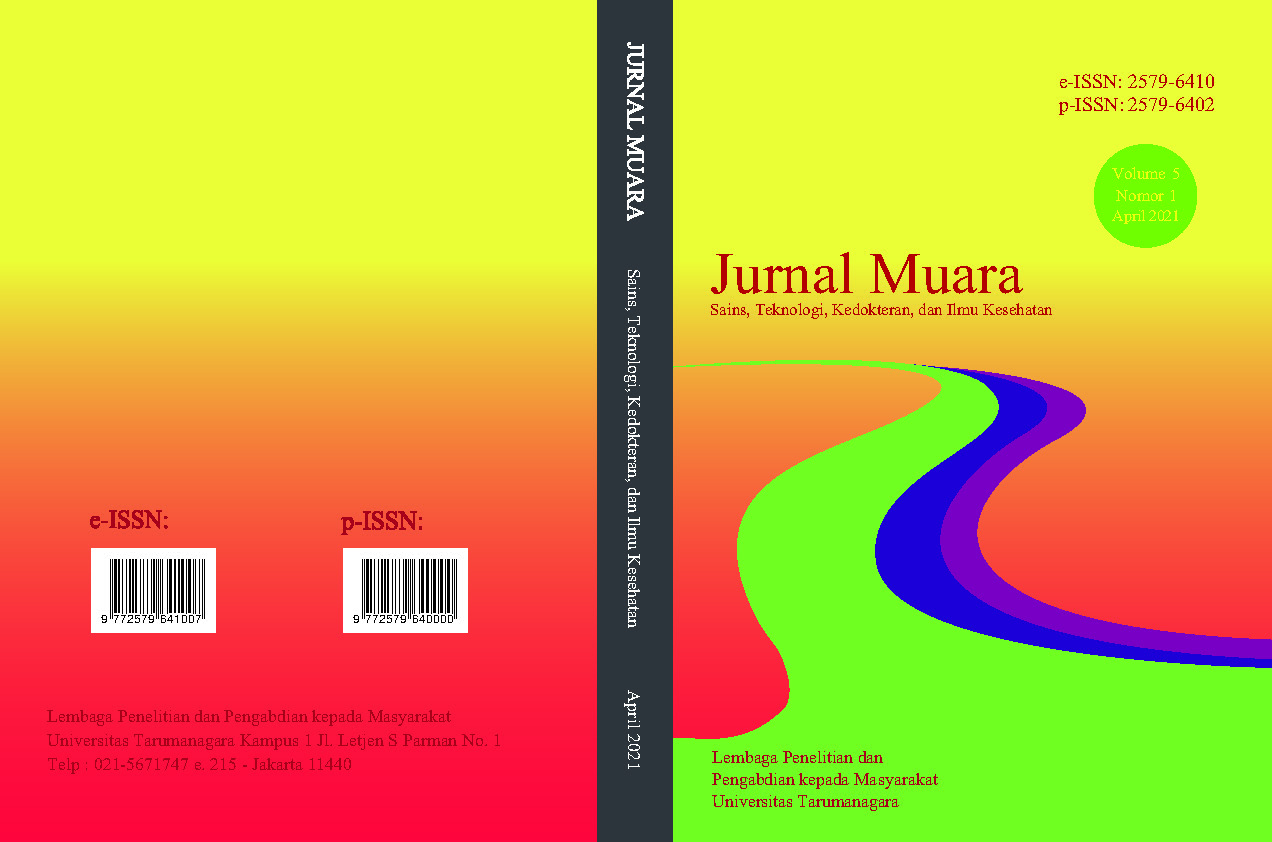ALTERNATIF UJI BEBAN PADA STRUKTUR (STUDI KASUS : JEMBATAN BAJA)
Main Article Content
Abstract
The most common structural load test that has been widely used is the static load test. An alternative to the structural load test is dynamic load test. Dynamic testing is a test carried out to determine level of structural stiffness or structural elements stiffness in the form of natural frequencies, while the static load test is intended to obtain responses of static loading from the structure in the form of deflection. The discussion will emphasize the correlation between static load test and dynamic load test. To correlate the static load test with the vibration test, a reference or value that comes from modeling or theoretical analysis is needed. Structural modeling is carried out to obtain the theoretical natural frequency and the theoretical deflection which will then be compared with the natural frequency of the vibration test (dynamic). If the frequency of the test results and the theoretical frequency are compared to the theoretical deflection, the prediction of the test deflection will be obtained. The correlation between the predicted deflection of the test and deflection of the static load test is quite close with a difference of less than 12%. Judging from the above correlation, periodic inspections of the tested structures can be considered for vibration testing only. The types of structures reviewed are simple span steel bridge structure, simple span + link slab steel bridge structure and continuous span steel bridge structure.
Keywords: modeling; natural frequencies; vibration testing; static load test
Abstrak
Uji beban struktur yang umum dan sudah banyak dilakukan adalah uji beban statik. Alternatif lain dari uji beban adalah dengan melakukan pengujian vibrasi (dinamik) pada struktur. Pengujian vibrasi (dinamik) dilakukan untuk mengetahui tingkat kekakuan struktur atau elemen struktur berupa frekuensi alami, sedangkan uji beban statik dimaksudkan untuk mendapatkan respons hasil pembebanan statik dari struktur berupa lendutan. Pembahasan akan menekankan kepada korelasi antara uji beban statik dan uji beban vibrasi (dinamik). Untuk mengkorelasikan pengujian beban statik terhadap pengujian vibrasi (dinamik) diperlukan suatu acuan atau nilai yang berasal dari analisa pemodelan atau teoritis. Pemodelan struktur dilakukan untuk mendapatkan frekuensi alami secara teoritis dan lendutan teoritis yang kemudian akan dibandingkan dengan frekuensi alami hasil uji vibrasi (dinamik). Jika frekuensi hasil uji dan frekuensi teoritis dibandingkan terhadap lendutan teoritis maka akan didapatkan prediksi lendutan uji. Hasil korelasi antara prediksi lendutan uji terhadap lendutan uji beban statik cukup mendekati dengan perbedaan kurang dari 12%. Dilihat dari korelasi diatas, maka untuk pemeriksaan berkala pada struktur yang telah diuji dapat dipertimbangkan untuk dilakukan pengujian vibrasi saja. Jenis struktur yang ditinjau adalah struktur jembatan baja simple span, simple span + link slab dan continuous span.
Article Details
This work is licensed under a Jurnal Muara Sains, Teknologi, Kedokteran dan Ilmu Kesehatan Creative Commons Attribution-ShareAlike 4.0 International License.
Authors transfer copyright or assign exclusive rights to the publisher (including commercial rights)
References
BS 6841-1987. (1987) Guide to Measurement and Evaluation of Human Exposure to Whole-Body Mechanical Vibration and Repeated Shock. British Standard.
Craig Jr, Roy R. (1981). Structural Dynamics : An Introduction to Computer Methods. Department of Aerospace Engineering and Engineering Mechanics The University of Texas at Austin.
ISO 2631-1. (1997). Mechanical Vibration and Shock Evaluation of Human Exposure to Whole Body Vibration. International Organization For Standardization.
PU.(2002). Penilaian Kondisi Jembatan untuk Bangunan Atas dengan Cara Uji Getar. Departemen Permukiman dan Prasarana Wilayah.
Rionaldo, P. (2014). Aplikasi Pengujian Vibrasi Pada Perkuatan Struktur Pelat Lantai. Universitas Indonesia.
SNI 1725-2016. Pembebanan Untuk Jembatan. Jakarta. Badan Standarisasi Nasional.
Wahyuni, E. (2012). Studi Kelakuan Dinamis Struktur Jembatan Penyeberangan Orang (JPO) Akibat Beban Individual Manusia Bergerak. Jurnal Teknik Sipil. 19(3). pp181-194 .
DOI: 10.5614/jts.2012.19.3.1.



